Home>Gardening & Outdoor>Landscaping Ideas>How Long Does It Take Grass To Dry After Watering
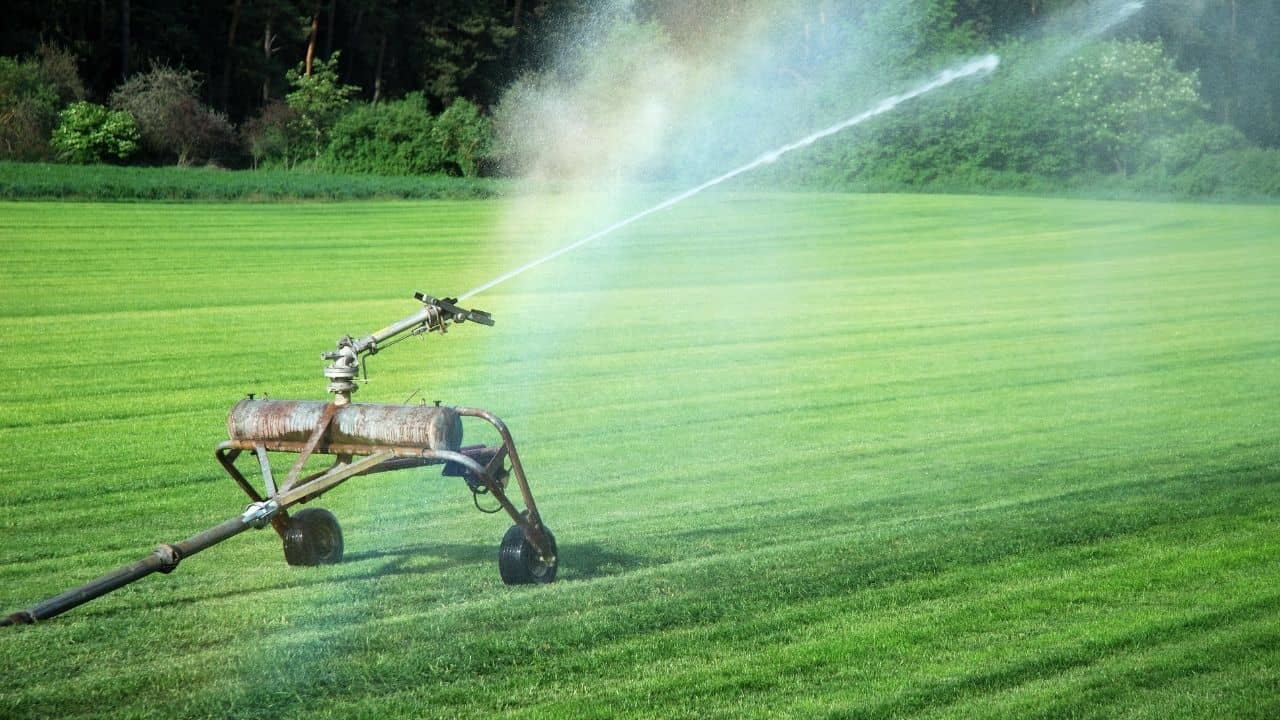

Landscaping Ideas
How Long Does It Take Grass To Dry After Watering
Modified: March 24, 2024
Learn how long it takes for grass to dry after watering and get landscaping ideas to maintain a healthy lawn. Discover the best practices for watering your lawn effectively.
(Many of the links in this article redirect to a specific reviewed product. Your purchase of these products through affiliate links helps to generate commission for Storables.com, at no extra cost. Learn more)
Factors Affecting Drying Time
The drying time of grass after watering is influenced by several key factors. Understanding these factors can help you manage your lawn more effectively and ensure that the grass dries efficiently.
-
Grass Type: Different types of grass have varying drying times. For instance, fine fescue and perennial ryegrass tend to dry more quickly compared to Kentucky bluegrass and tall fescue. The thickness and density of the grass blades play a significant role in determining how long it takes for the grass to dry after watering.
-
Soil Composition: The composition of the soil in which the grass is planted can impact drying time. Sandy soils drain water more rapidly, allowing the grass to dry faster, while clay soils retain moisture for longer periods, leading to a slower drying process.
-
Sunlight Exposure: The amount of sunlight the grass receives directly affects its drying time. Areas of the lawn that are shaded for a significant portion of the day may take longer to dry compared to those exposed to ample sunlight. Sunlight aids in evaporation, which is crucial for drying the grass after watering.
-
Air Circulation: Adequate air circulation is essential for facilitating the evaporation of water from the grass. Areas with poor air circulation, such as those surrounded by dense foliage or structures, may experience prolonged drying times.
-
Humidity Levels: High humidity in the surrounding environment can impede the evaporation of water from the grass, leading to extended drying times. Conversely, lower humidity levels promote faster drying.
-
Temperature: Warmer temperatures expedite the drying process by increasing the rate of evaporation. In contrast, cooler temperatures can prolong the drying time of the grass.
-
Watering Frequency: The frequency of watering can impact the grass's ability to dry efficiently. Overwatering can saturate the soil and lead to prolonged drying times, while infrequent watering may result in quicker drying due to the soil's ability to dry out between watering sessions.
Understanding these factors can empower you to make informed decisions regarding lawn care and watering schedules, ultimately contributing to the overall health and appearance of your grass.
Key Takeaways:
- Grass drying time is influenced by factors like grass type, soil composition, sunlight exposure, air circulation, humidity, temperature, and watering frequency. Understanding these factors helps in managing lawn care effectively for healthy grass.
- Different grass types have varying drying times after watering. Fine fescue and perennial ryegrass dry quickly, while Kentucky bluegrass and tall fescue take longer. By knowing the drying characteristics, homeowners can tailor their lawn care practices for optimal results.
Types of Grass and Their Drying Time
The type of grass planted in a lawn significantly influences the drying time after watering. Different grass species possess distinct characteristics that impact their ability to dry efficiently. Understanding these variations can help homeowners tailor their lawn care practices to suit the specific needs of their grass.
-
Fine Fescue: Fine fescue is known for its fine, delicate blades and excellent drought tolerance. This grass type typically dries relatively quickly after watering, making it a popular choice for lawns in regions with limited water availability. Its efficient drying time is attributed to the fine texture of its blades, which allows for enhanced evaporation.
-
Perennial Ryegrass: Perennial ryegrass is valued for its rapid germination and establishment, as well as its ability to recover quickly from stress. This grass type exhibits a moderate drying time after watering, benefiting from its relatively thin blades and adaptable nature. While not as quick to dry as fine fescue, perennial ryegrass still offers efficient water evaporation.
-
Kentucky Bluegrass: Kentucky bluegrass is recognized for its lush, dense growth and rich green color. However, this grass type tends to have a longer drying time compared to fine fescue and perennial ryegrass. The dense nature of its blades and extensive root system can contribute to a slower drying process, especially in shaded areas of the lawn.
-
Tall Fescue: Tall fescue is prized for its durability and ability to withstand heavy foot traffic. Due to its coarse texture and deep root system, tall fescue may take longer to dry after watering, particularly in areas with limited sunlight and poor air circulation. While it offers excellent resilience, its drying time may be prolonged compared to finer grass varieties.
-
Bermuda Grass: Bermuda grass is renowned for its exceptional heat tolerance and rapid growth. This grass type typically dries quickly after watering, thanks to its fine blades and efficient water evaporation. Its ability to thrive in hot, sunny conditions contributes to its swift drying time, making it a popular choice for lawns in warm climates.
Understanding the drying characteristics of different grass types is crucial for implementing effective lawn care strategies. By considering the specific drying times of various grass species, homeowners can optimize their watering schedules and maintenance practices to promote healthy, vibrant lawns tailored to the unique needs of their chosen grass variety.
Environmental Conditions and Drying Time
Environmental conditions play a pivotal role in determining the drying time of grass after watering. The interplay of various factors, including sunlight exposure, air circulation, humidity levels, and temperature, significantly influences the efficiency of the drying process.
Sunlight Exposure
The amount of sunlight that reaches the lawn directly impacts the drying time of the grass. Areas of the lawn that receive ample sunlight tend to dry more quickly, as the radiant heat aids in evaporating the moisture from the grass blades and soil. Conversely, shaded areas may experience prolonged drying times, as the limited sunlight impedes the evaporation process. Understanding the sunlight patterns in different sections of the lawn can help homeowners anticipate variations in drying times and adjust their watering schedules accordingly.
Air Circulation
Adequate air circulation is essential for facilitating the evaporation of water from the grass. Areas of the lawn that are surrounded by dense foliage, structures, or landscaping features may experience restricted air movement, leading to prolonged drying times. In contrast, open areas with unobstructed airflow promote efficient evaporation, contributing to faster drying. By optimizing the layout and design of the landscape to encourage natural air circulation, homeowners can create an environment conducive to expedited grass drying.
Read more: How Long Does A Concrete Patio Take To Dry
Humidity Levels
The ambient humidity levels in the surrounding environment directly impact the grass's ability to dry efficiently. High humidity can impede the evaporation of water from the grass blades and soil, resulting in extended drying times. Conversely, lower humidity levels create a conducive environment for rapid evaporation, facilitating quicker drying. Monitoring local humidity levels and considering them in conjunction with watering schedules can help homeowners make informed decisions to optimize grass drying times.
Temperature
Temperature exerts a significant influence on the drying time of grass after watering. Warmer temperatures accelerate the rate of evaporation, promoting faster drying of the grass and soil. In contrast, cooler temperatures can prolong the drying process, particularly in shaded or cooler areas of the lawn. By considering the prevailing temperatures and their impact on drying times, homeowners can adjust their lawn care practices to align with the seasonal variations and optimize the efficiency of grass drying.
Understanding the intricate relationship between environmental conditions and grass drying time empowers homeowners to implement targeted strategies for managing their lawns effectively. By leveraging this knowledge, individuals can create an environment that promotes efficient grass drying, contributing to the overall health and visual appeal of their landscapes.
Tips for Speeding Up Grass Drying Time
Efficiently managing the drying time of grass after watering is essential for maintaining a healthy and visually appealing lawn. By implementing strategic techniques, homeowners can expedite the drying process, promoting optimal grass health and minimizing the risk of issues such as fungal growth and root suffocation. Here are several practical tips for accelerating grass drying time:
-
Mow the Lawn Regularly: Keeping the grass at an appropriate height through regular mowing can enhance air circulation and sunlight exposure, facilitating faster drying. Trimming the grass to the recommended height for its specific species promotes efficient evaporation and prevents excessive moisture retention.
-
Improve Soil Drainage: Addressing soil drainage issues, such as compacted soil or inadequate slope, can significantly enhance the drying time of the grass. Incorporating organic matter into the soil and aerating the lawn can improve water penetration and reduce surface runoff, contributing to expedited grass drying.
-
Water in the Morning: Schedule watering sessions in the early morning to capitalize on the optimal drying conditions provided by daytime sunlight and warmth. Watering in the morning allows the grass to dry throughout the day, reducing the risk of prolonged moisture retention and promoting efficient evaporation.
-
Enhance Air Circulation: Trimming back overhanging branches, thinning dense foliage, and strategically placing landscaping features to encourage natural air movement can expedite grass drying. Creating an environment with improved air circulation facilitates the evaporation of moisture from the grass and soil, contributing to faster drying times.
-
Monitor Watering Frequency: Avoid overwatering the lawn, as excessive moisture can prolong the drying time of the grass. By monitoring the soil moisture levels and adjusting the watering frequency based on the specific needs of the grass and prevailing environmental conditions, homeowners can promote efficient drying and prevent waterlogged soil.
-
Utilize Fans or Blowers: In areas with limited air circulation, using fans or blowers to create artificial airflow can expedite grass drying. Strategic placement of fans to direct air across the lawn can enhance evaporation and reduce drying times, particularly in shaded or secluded areas.
-
Address Shaded Areas: Implement targeted strategies to address prolonged drying times in shaded areas of the lawn. This may involve selectively pruning trees or shrubs to allow more sunlight to reach the grass, promoting faster evaporation and efficient drying.
By incorporating these tips into their lawn care practices, homeowners can effectively expedite the drying time of grass after watering, contributing to the overall health and vibrancy of their landscapes. Understanding the interplay of environmental factors and employing targeted techniques empowers individuals to create an environment conducive to efficient grass drying, ultimately enhancing the visual appeal and resilience of their lawns.
Frequently Asked Questions about How Long Does It Take Grass To Dry After Watering
Was this page helpful?
At Storables.com, we guarantee accurate and reliable information. Our content, validated by Expert Board Contributors, is crafted following stringent Editorial Policies. We're committed to providing you with well-researched, expert-backed insights for all your informational needs.
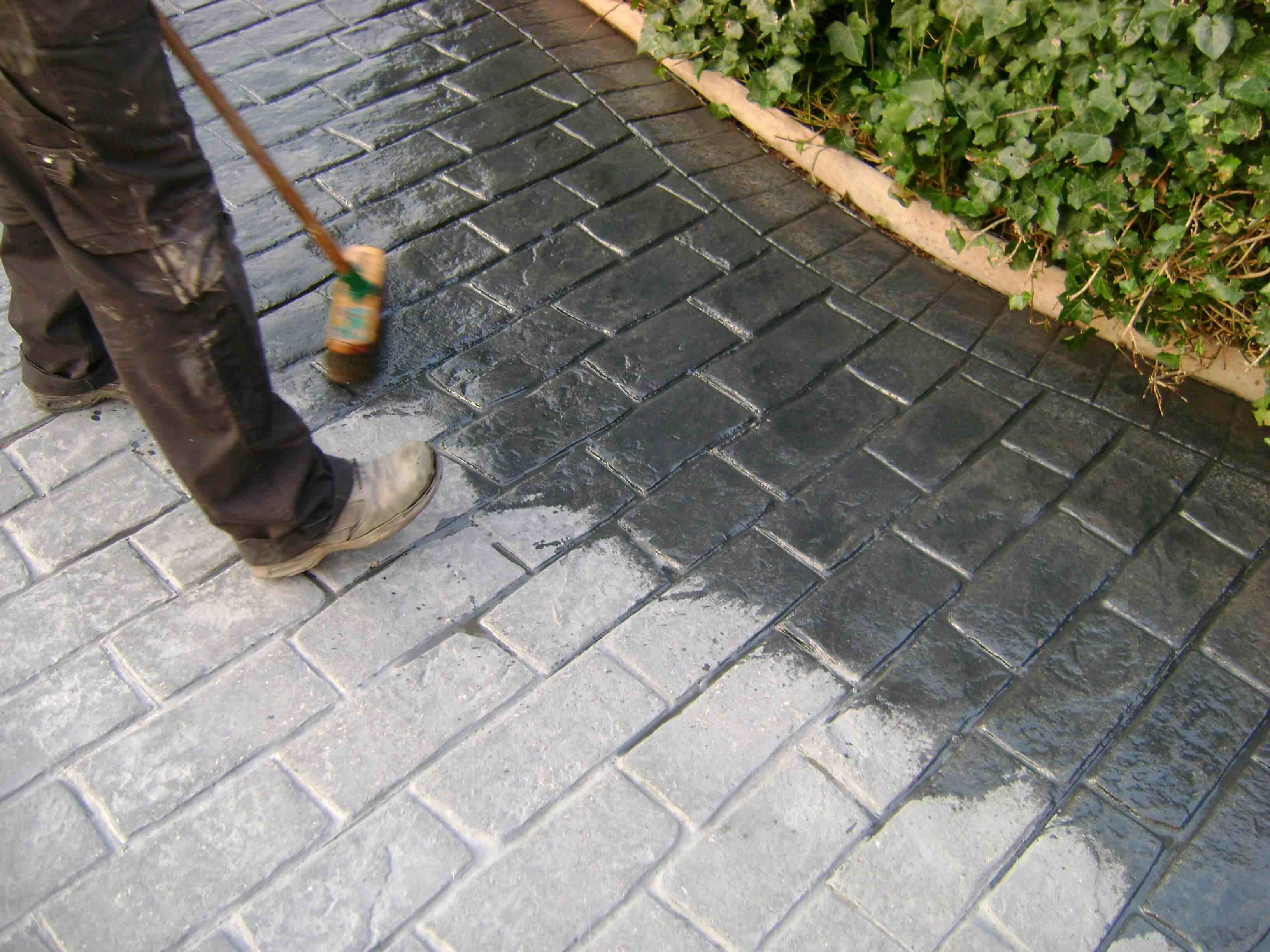

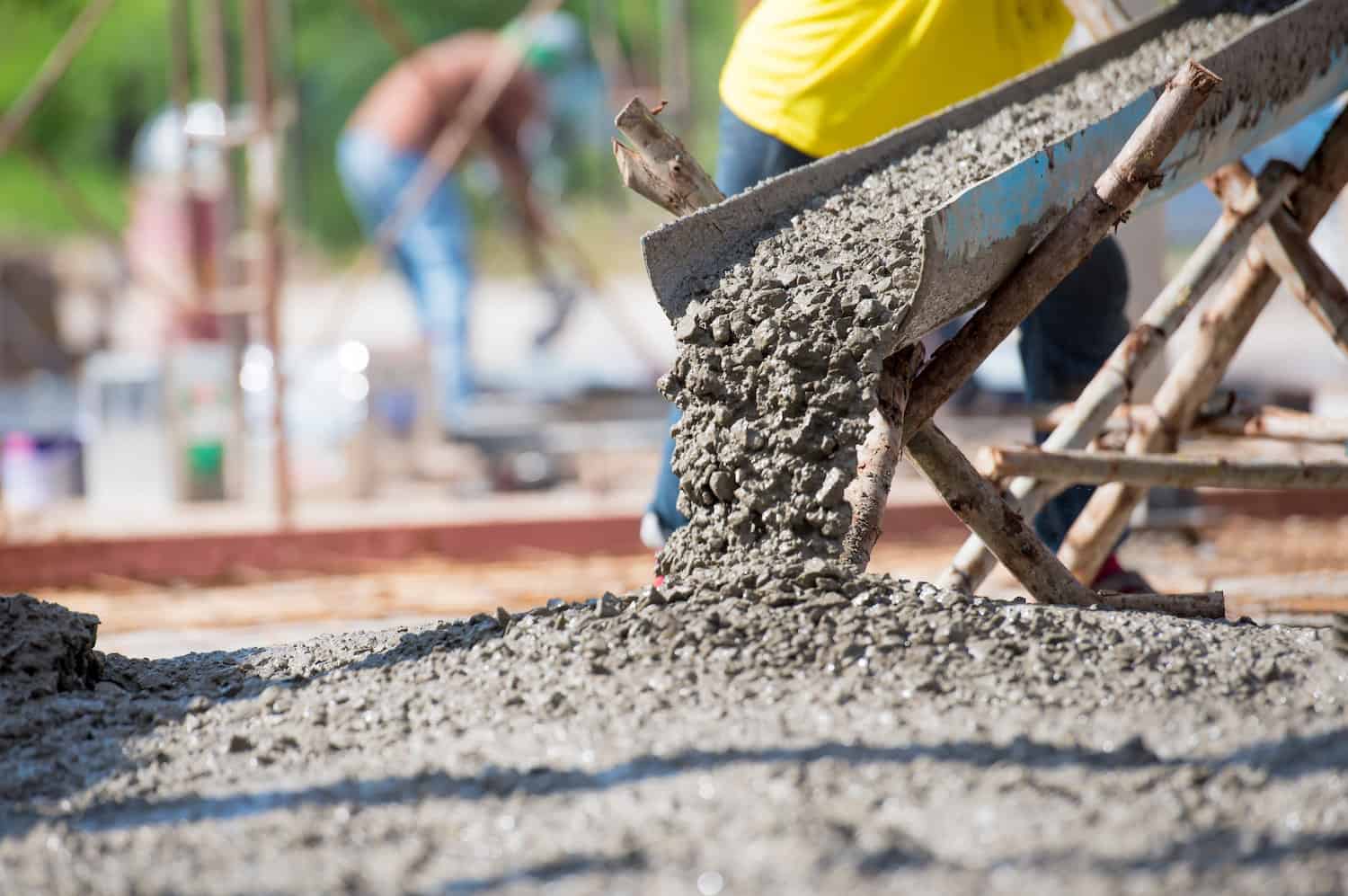
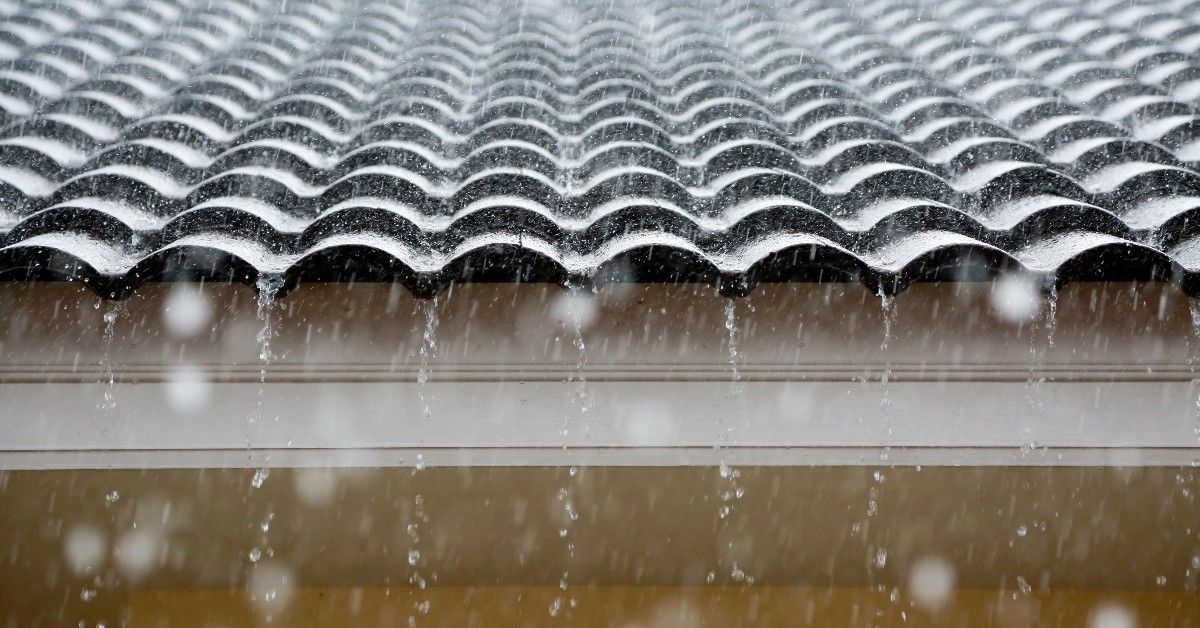
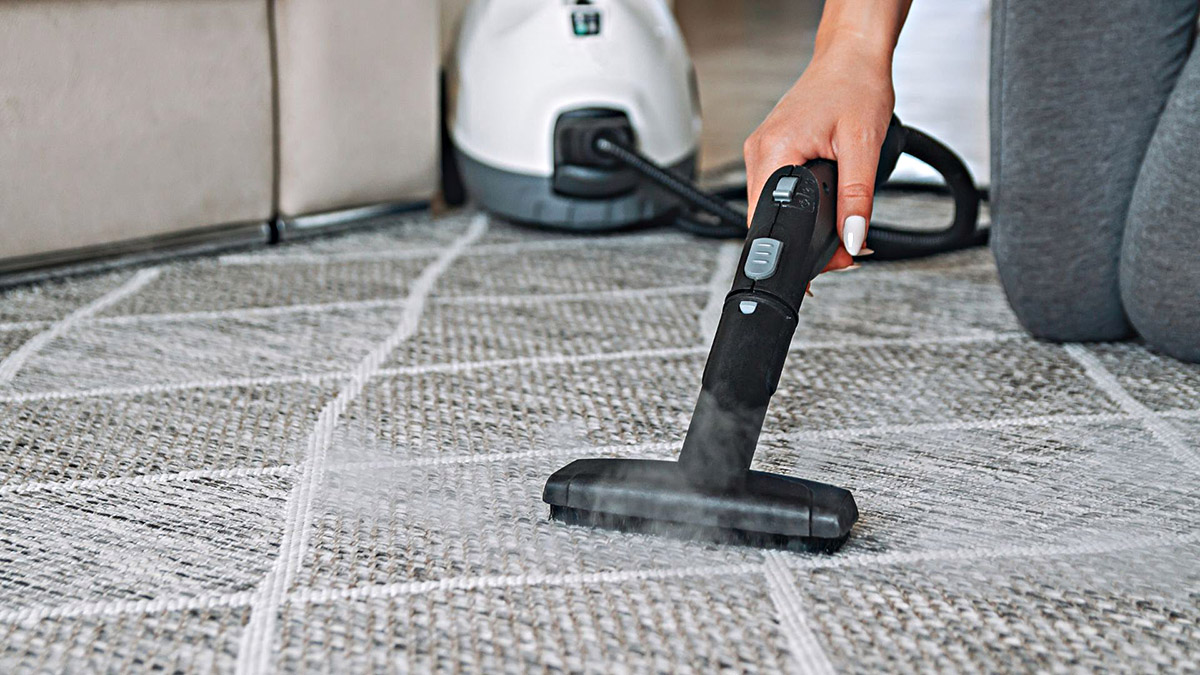

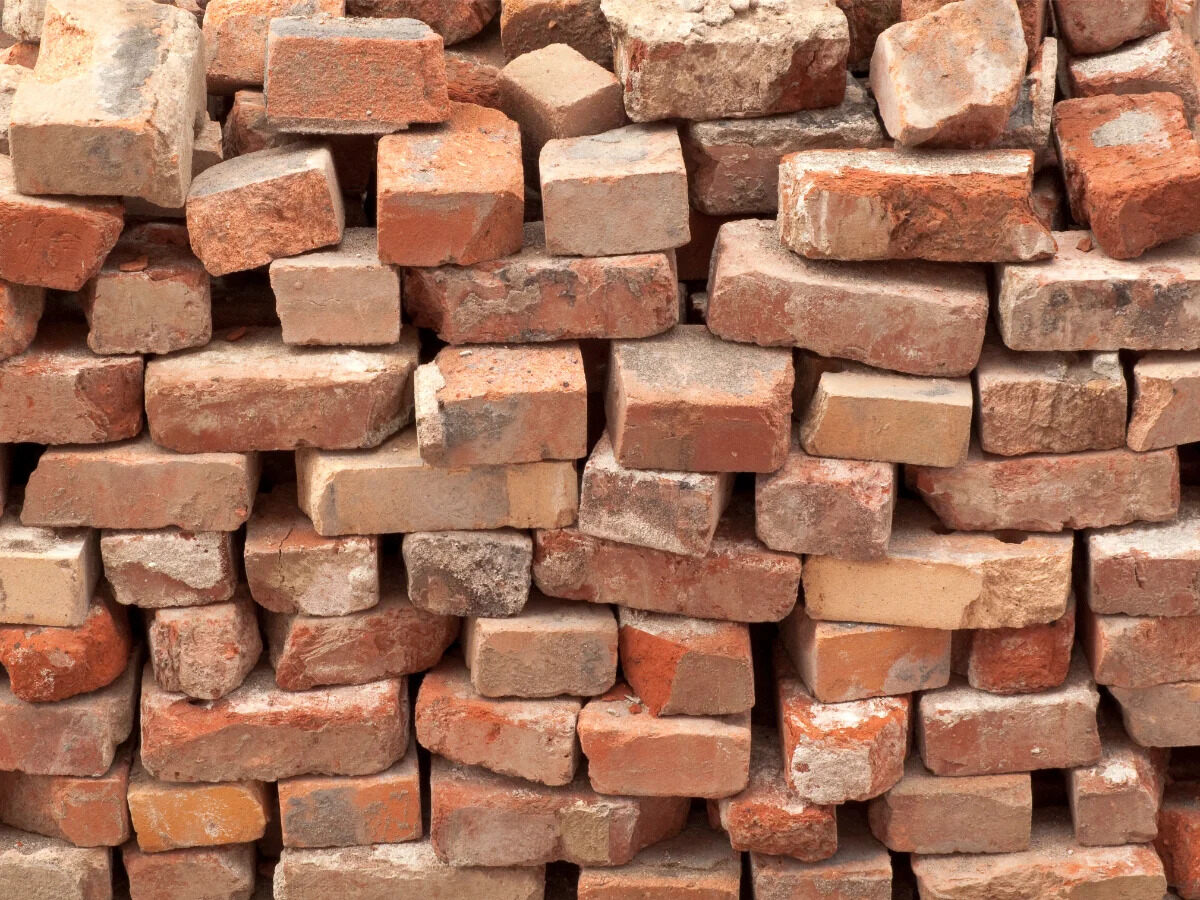
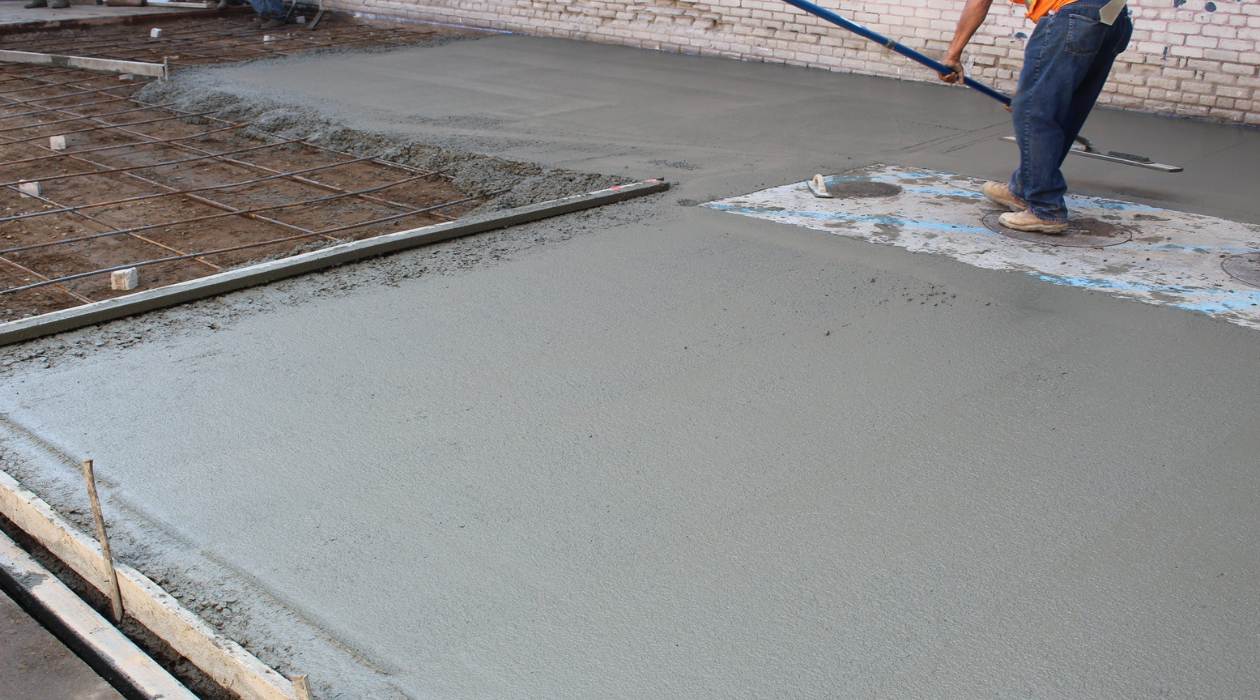
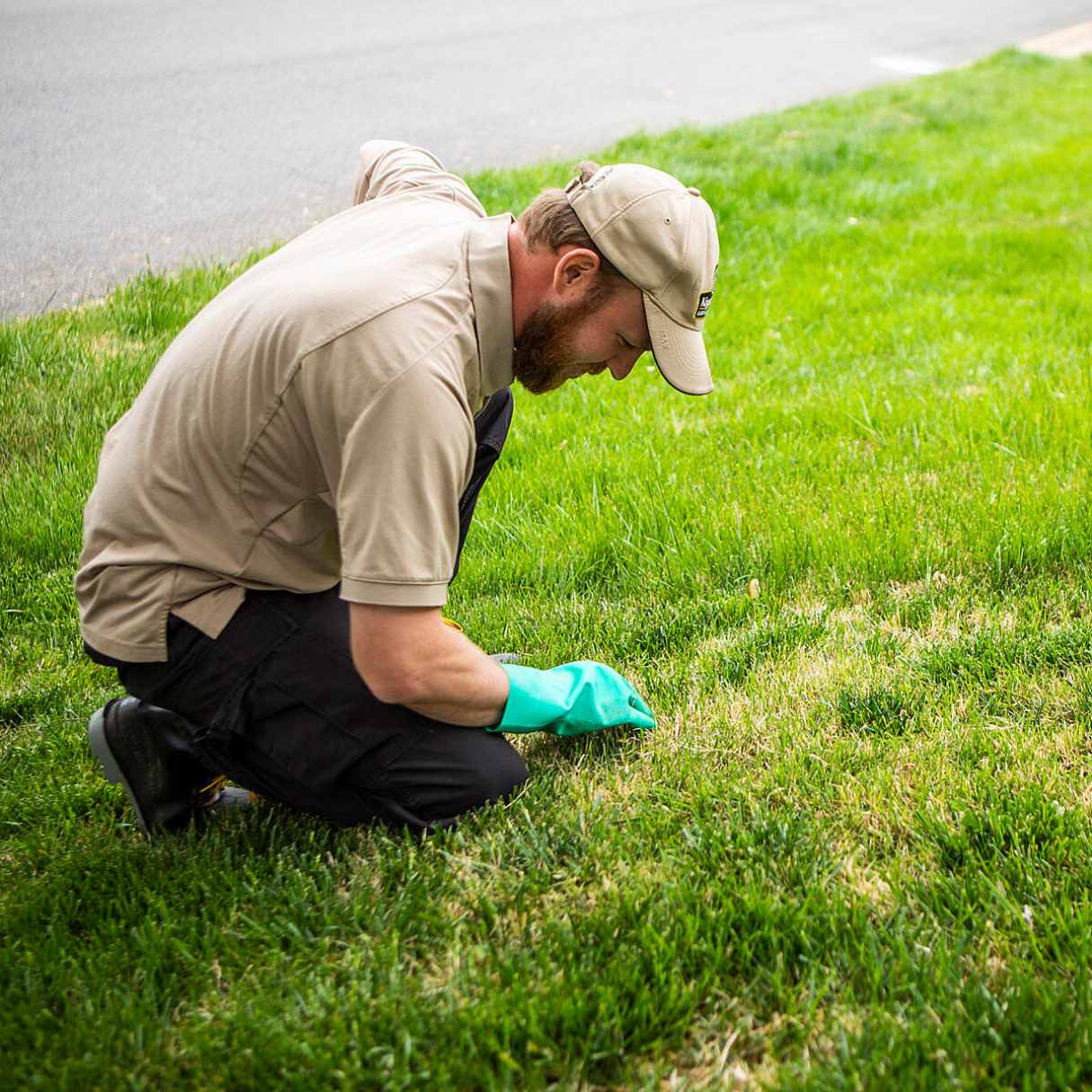
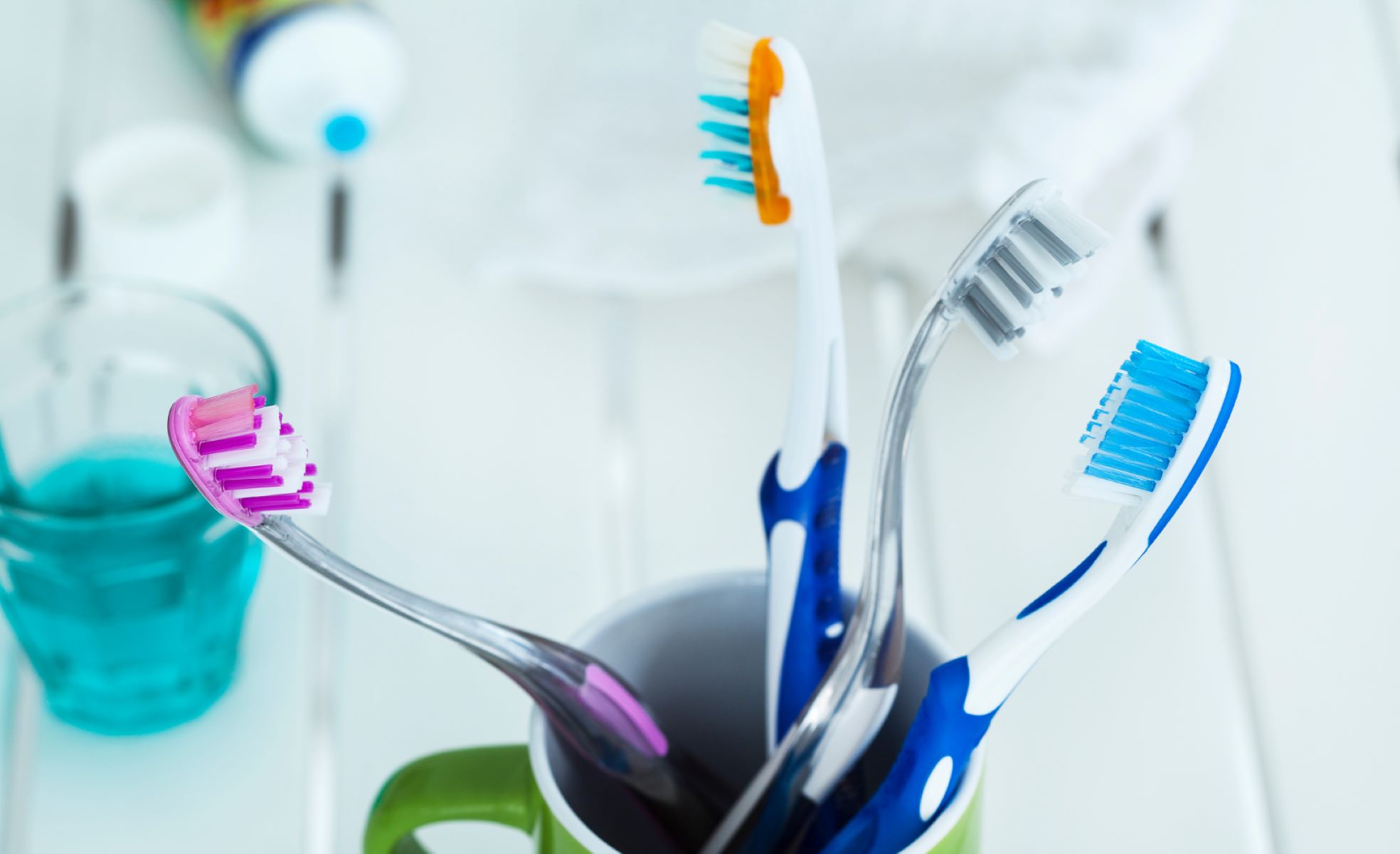
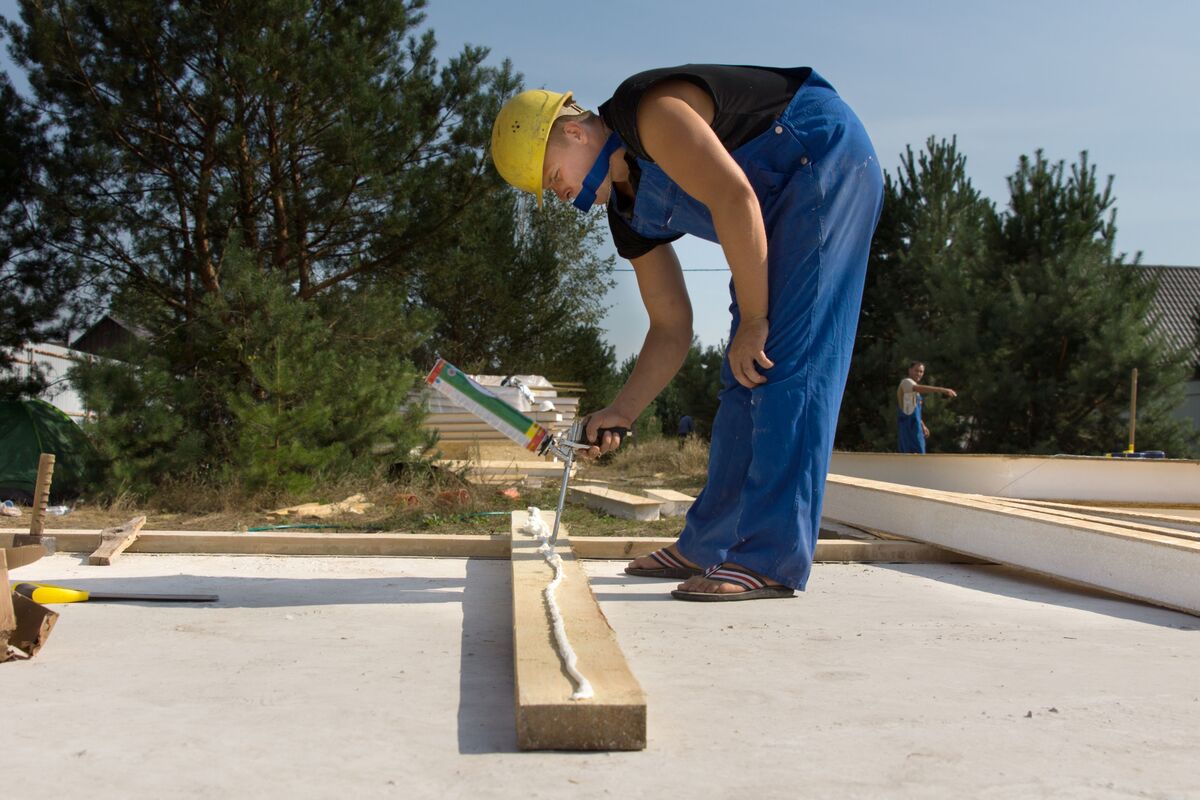
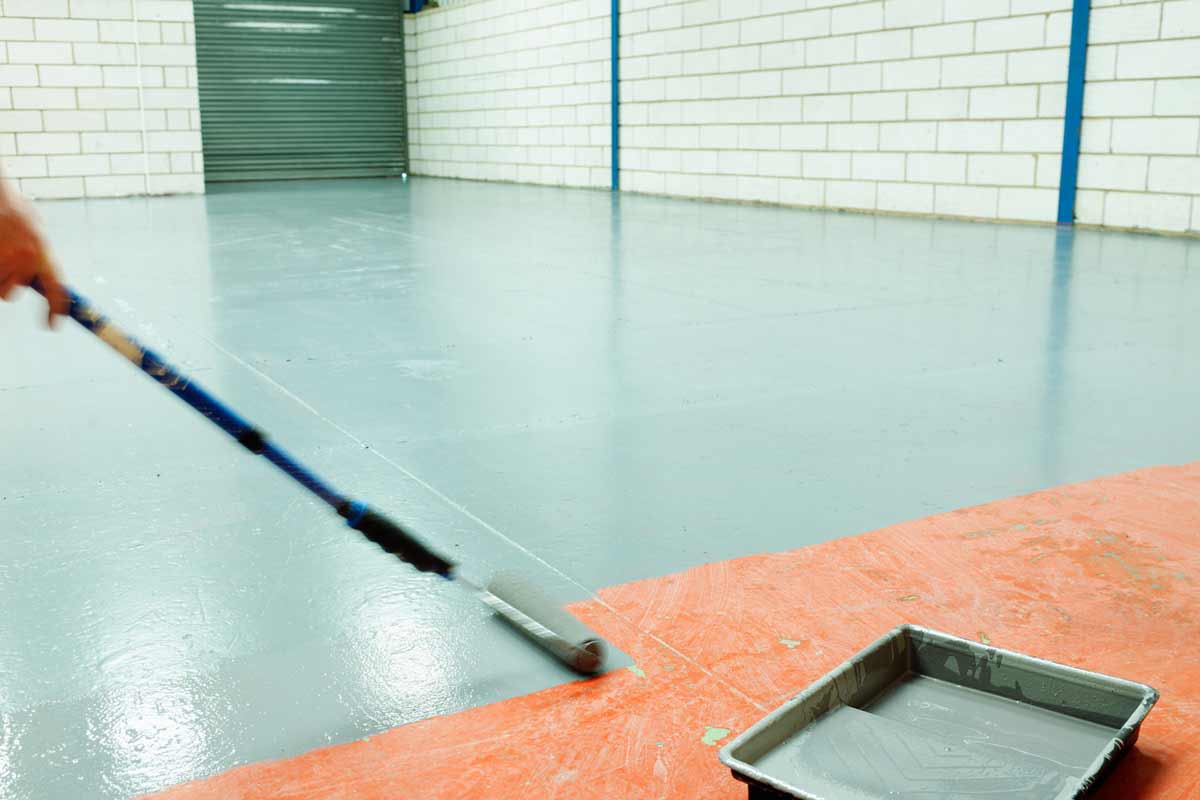
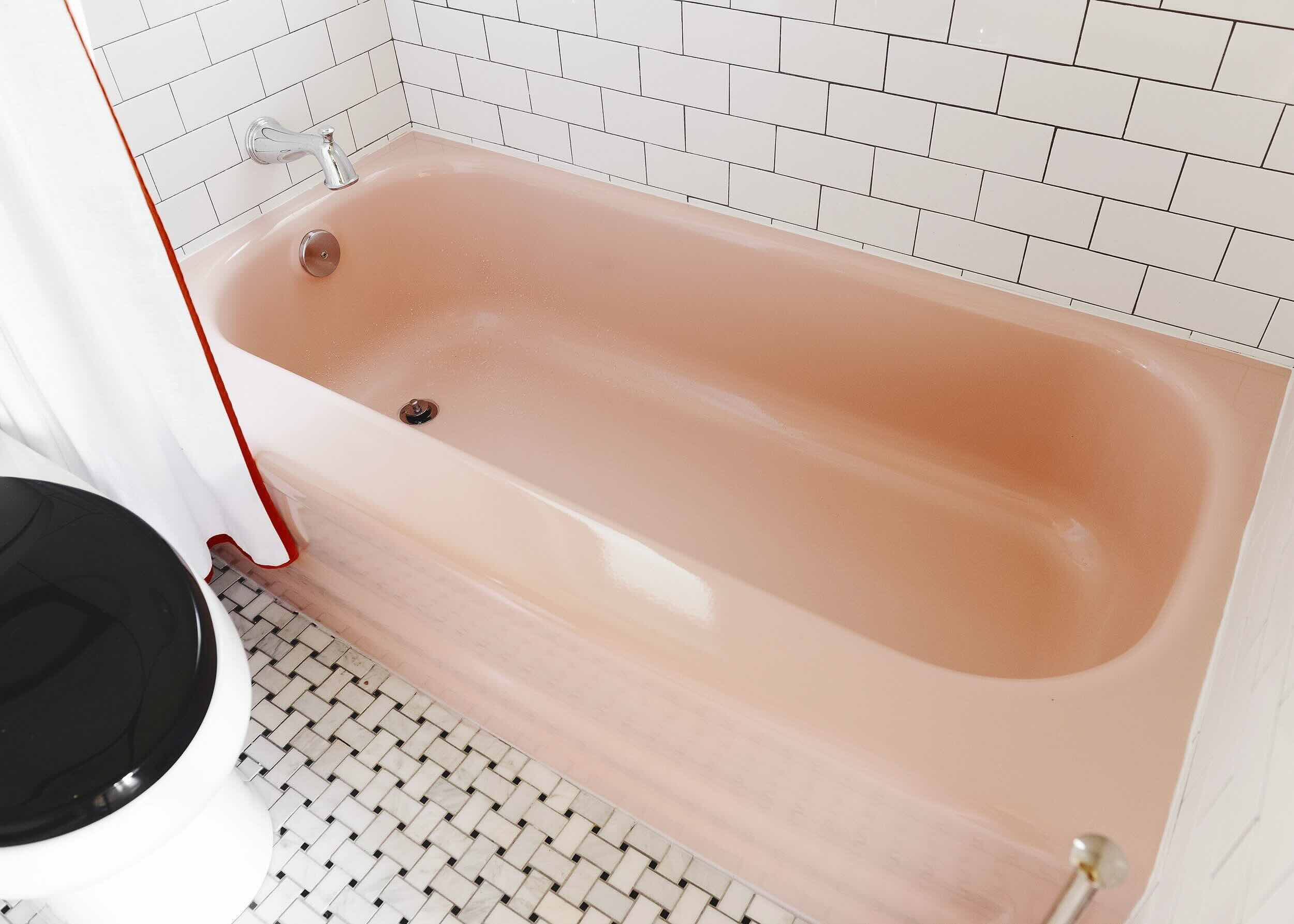
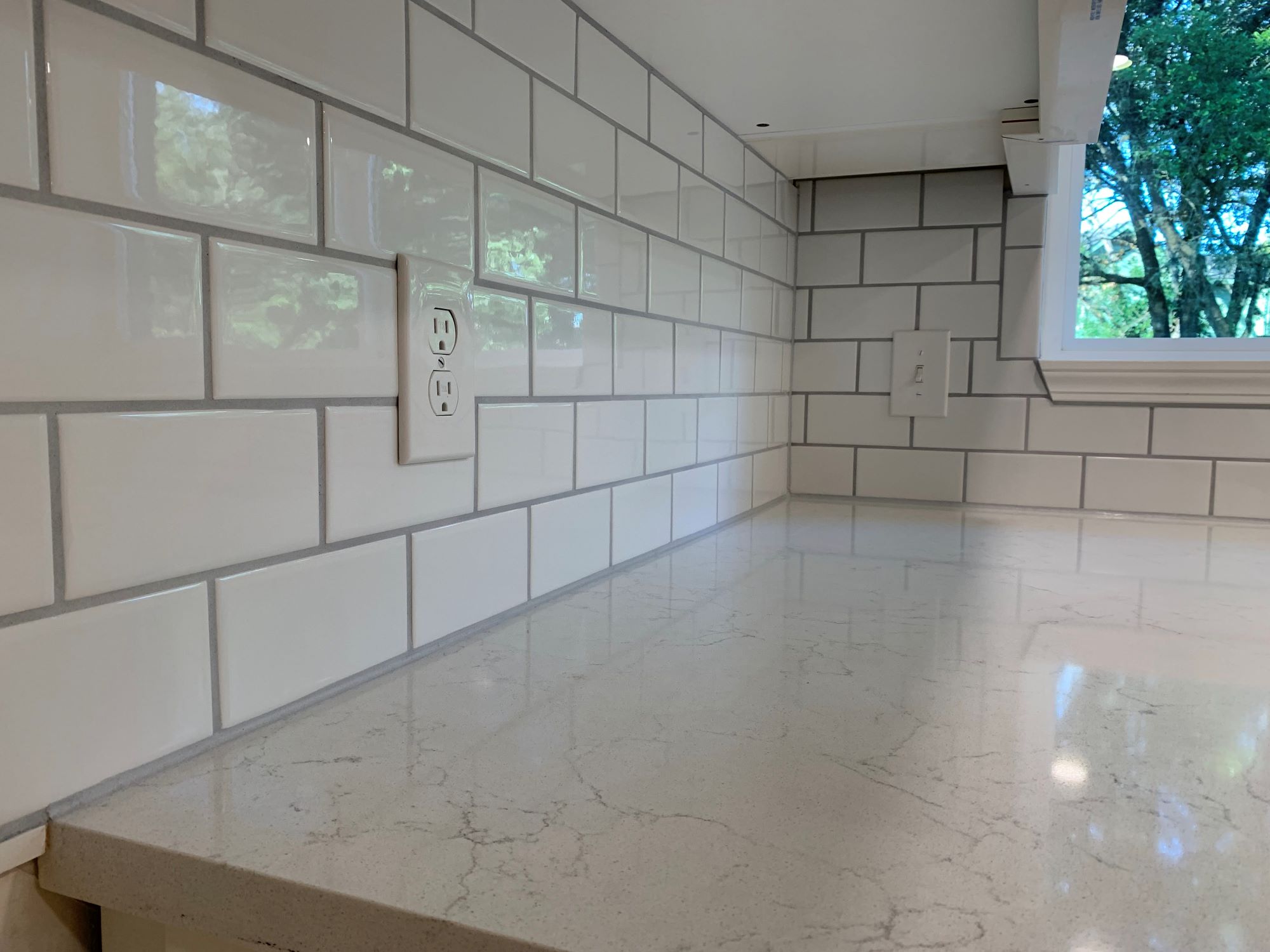

0 thoughts on “How Long Does It Take Grass To Dry After Watering”